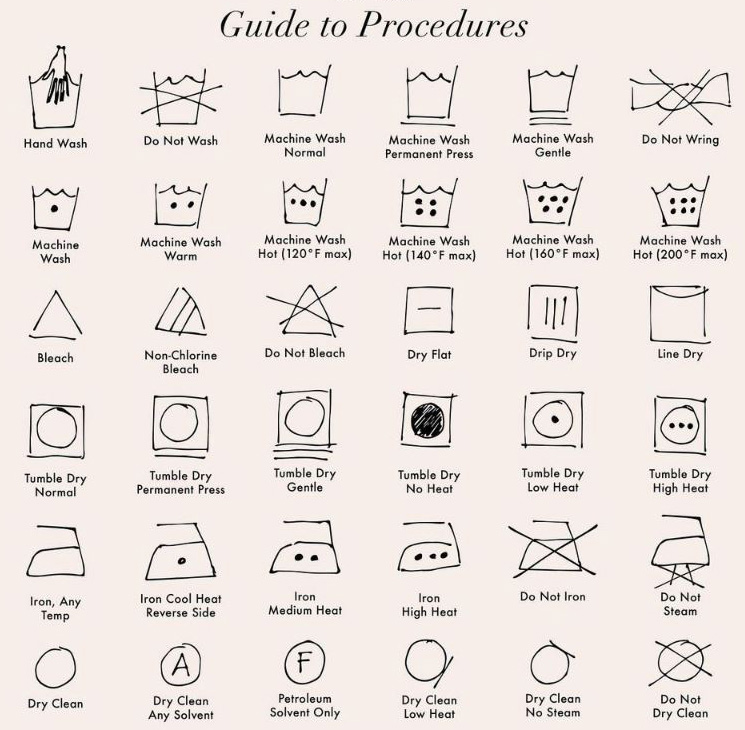FAQs
Linen Care
Fine linens are designed to be enjoyed for years. Taking proper care will ensure the longevity and luxury of your linens.
Machine Washing
We recommend separating your fine linens from other items in the wash, especially those containing polyester, which tends to create pilling, and items with heavy zippers, which can damage the fabric. Separate light and dark colors. Avoid overloading the washing machine, which can cause fibers to break down from excessive abrasion and agitation. Please read care labels to help determine the right water temperature to use with your linens. It is best to pretreat any stains prior to washing.
Detergent
When choosing a detergent for your linens use a mild detergent without added bleach or whiteners. Do not pour detergent directly on textiles; rather, add it to the water as the wash tub fills or dilute detergent with water, then add linens. Unless linens are very soiled, you only need to use half the recommended amount of detergent. Do not use a liquid fabric softener, which can damage the cotton fibers. A Touch of Lace we recommends using products from Le Blanc® Linen Wash® and The Laundress.
Bleaching
Chlorine bleach can weaken fibers and cause them to yellow. We do not recommend chlorine bleach to be used when caring for your linens.
Shrinkage
All natural fibers will shrink to some extent. Do not wash or dry linens on a hot setting. This will most likely to cause shrinkage. Follow instructions on care label.
Ironing
To restore the luxurious feel of sateen fabrics, iron on the reverse side. Iron linens while slightly damp. Use a steam iron on a warm/hot setting for cotton; use a hot setting for linen and a water spritzer if needed. For embroidered linens, iron them on the reverse side atop a towel to preserve the three-dimensional effect of the embroidery. Use a press cloth to protect delicate lace and cutwork.
Dry Cleaning
Dry Cleaning is recommended for luxury fibers such as cashmere, merino wool and alpaca. Be sure to use a professional dry cleaner with experience in natural fibers and luxury linens. Matelassé blanket covers should be professionally dry cleaned or laundered and blocked to minimize excessive shrinkage.
Hand Washing
If the label says “hand launder,” never machine wash. Hand wash in gentle soap; rinse thoroughly in clean water to eliminate all soap residue, then line dry, lay flat (on towels) or hang to dry. Avoid wringing linens.
Storing Linens
Store bed linens in a cool, dry, well-ventilated area. Linens stored long-term should be wrapped in white cotton, muslin (old pillow cases work well) or acid-free paper. Avoid storing linens in plastic bags or boxes, which can cause permanent yellowing; natural fibers need to breathe. Cedar chests can also yellow or streak fabrics.

